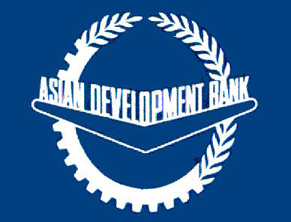DHAKA, Aug 17, 2017 (BSS)-The Asian Development Bank (ADB) and the Green Climate Fund (GCF) today signed an Accreditation Master Agreement (AMA) that will allow ADB to access and administer GCF funds and scale up the bank’s climate financing to its developing member countries.
The agreed AMA-a framework agreement detailing the overarching rights and obligations of an accredited entity and GCF will enable ADB to access a new funding source to further increase its climate mitigation and adaptation efforts in Asia and the Pacific, said an ADB media release.
“The Accreditation Master Agreement between the GCF and ADB will open the way to deeper collaboration between our institutions,” said ADB General Counsel Christopher Stephens.
GCF works exclusively with accredited entities to support climate mitigation and adaptation projects and programs.
Today’s signing of the AMA is the conclusion of ADB’s accreditation process- approved in March 2015-that enables ADB to apply for GCF funding for all sizes of projects, as well as all environmental and social risk categories.These funds would be in addition to ADB’s own commitment of providing climate financing of $6 billion per year by 2020.
“As the dynamo of global economic growth, with Asia Pacific continuing to record the world’s strongest growth, this region has a key role to play in tackling climate change,” said Acting GCF General Counsel Raul Herrera.
Access to GCF financing starts with a submission by ADB’s funding proposal, followed by its review and approval by the GCF board. GCF financing may include a combination of public and private sector initiatives and provide a range of financing instruments such as grants, loans (including concessional loans), equity, and risk mitigation instruments such as guarantees.
ADB’s current GCF accreditation is valid until March 2020, subject to reaccreditation every 5 years.
GCF, based in Songdo, is a global fund created to support the efforts of developing countries to respond to the challenge of climate change. It was established in 2010 by 194 governments to limit or reduce greenhouse gas emissions in developing countries and catalyze a flow of climate finance to invest in low-emission and climate resilient development.



